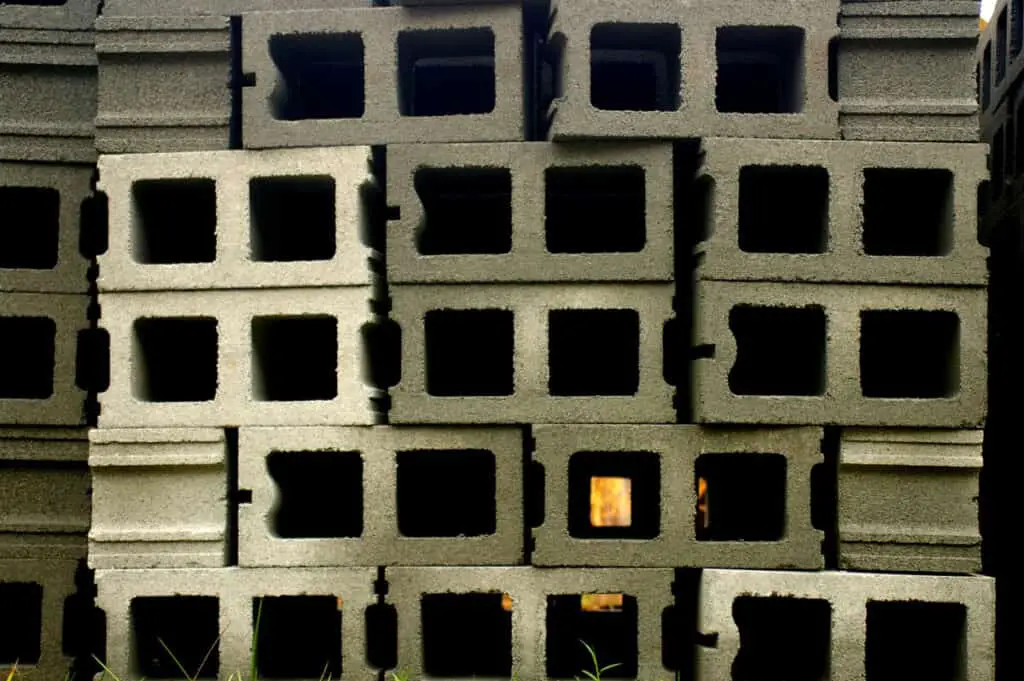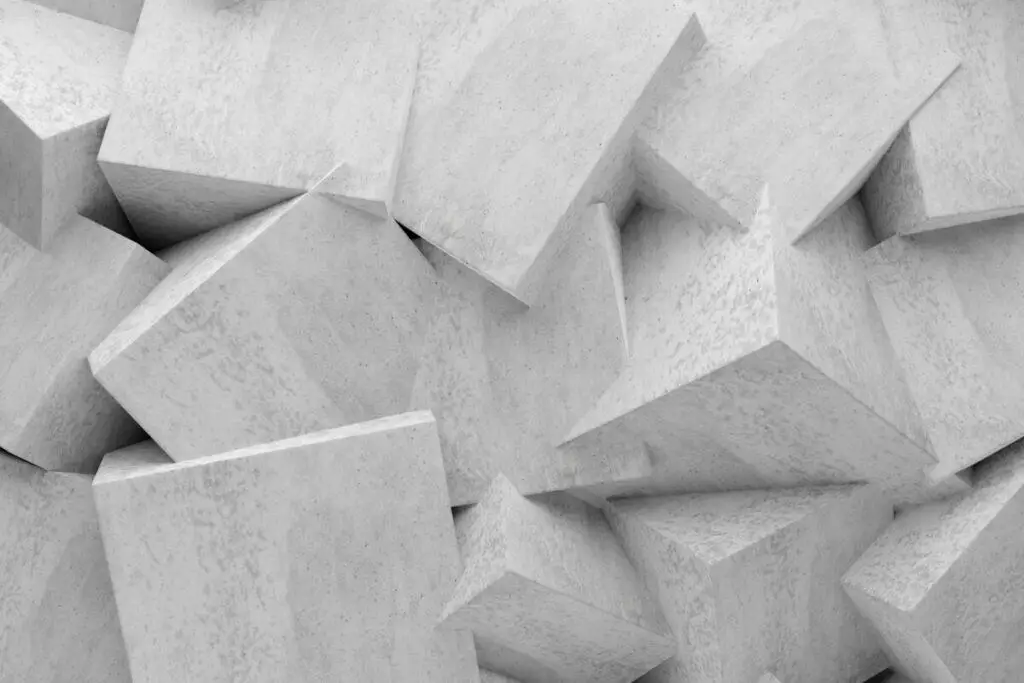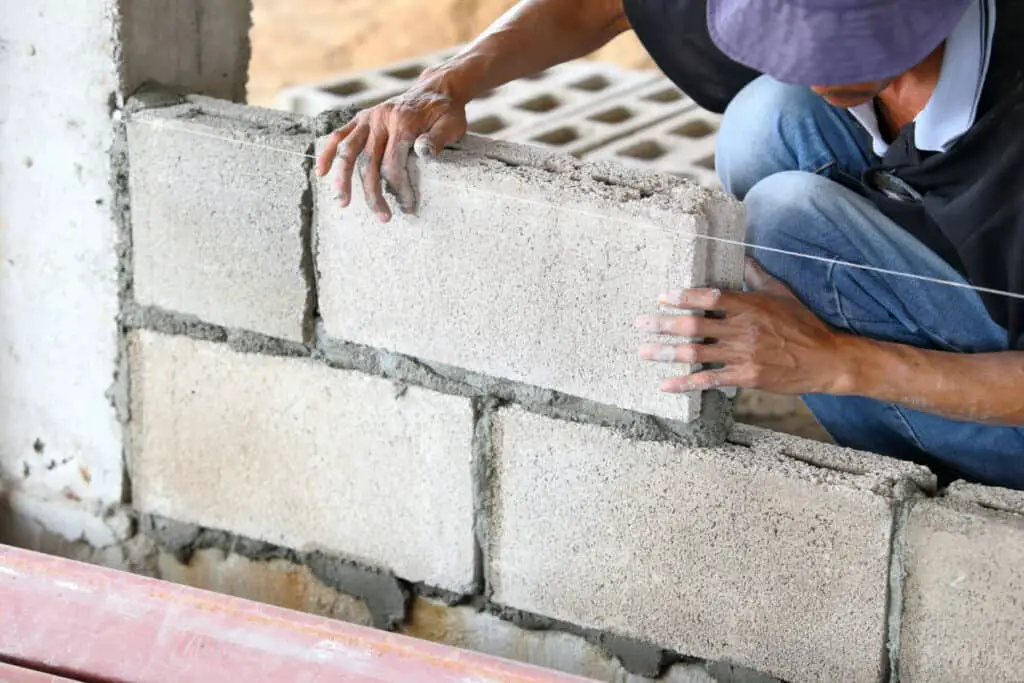
Cement may seem indestructible, but it does expire. When it does, it becomes hazardous to use and should be safely disposed of.
Expired cement can contain dangerous levels of chromium VI, which can cause lung cancer, skin burns, and abdominal pain. For health and safety, expired cement should be brought to a landfill or a recycling plant, where it can be pulverized and reused. Wear a mask when dealing with powdered cement.
There are a few ways to get rid of old cement, from tossing to recycling. Keeping old cement around is unsafe and very crowded, so get that stuff out! You have a few choices, so look around and see what option works best for you!
Ways to Dispose of Expired Cement
There are two main ways to get rid of expired cement, both require moving it. You can dump the cement at a landfill, or bring it to a plant to be recycled. Wet cement is harder to move than dry cement, and it goes bad faster. You can rent a vehicle to transport the cement to the landfill or plant, or pay to have it moved for you. Make sure you rent a truck that can handle moving the cement, and keep it moving to prevent it from drying. If you’re trying to dispose of a small amount of cement, keep it in a well-sealed container to bring it to a landfill. Cement that has hardened can be broken into chunks and recycled at a plant.
When handling cement, regardless of whether it is expired, don’t handle it with your bare hands, as cement contains dangerous chemicals that can irritate and even burn your skin. Wet cement can also release dangerous fumes into the air, so keep the cement in a sealed container. Make sure to wear gloves and long sleeves, and don’t wear thin clothing or anything you don’t want to get cement on! You should also be wearing sturdy boots or shoes, and consider wearing eye protection as well. Chemical burns are no joke! Not all landfills take wet cement, and some charge a fee to take materials, so call ahead and make sure you aren’t making the trip for nothing.
Dangers of Using Expired Cement

Dry cement, if kept sealed, can often be kept indefinitely, but wet cement has a shelf life. Not all dry cement lasts forever, and the expiration date may vary for different brands of cement, so check for the expiration date. Wet cement can be extremely harmful after it expires. This is because cement contains a chemical called chromium VI. Chromium VI dissolves in water, which is why it isn’t an issue in dry cement. Once wet, chromium VI is kept in smaller, nonhazardous doses by a reducing agent in the cement. After the expiration date, the company can no longer confirm that the reducing agent is keeping the amount of chromium VI low, and the cement becomes hazardous.
Chromium VI can cause a variety of health problems if it comes into contact with skin, or if fumes are inhaled. It can cause chemical burns, and increase your chances of getting lung cancer. Once the cement hardens, the chromium VI is no longer hazardous, which is why hard cement can be handled without any risk. Another reason to not use expired cement is that the cement may contain lumps, which make the cement uneven and not suitable for use. If the cement is not expired but contains lumps, you can try to break up the lumps to make the cement smooth again, but it might be better to just whip up another batch.
Uses for Cement
To use up cement before it goes bad, here are a few ideas! Cement is very sturdy and very heavy, so it is most suitable for outdoor use, preferably on the ground. Planters, bird fountains, and outdoor decorations are a good idea! Cement is also great for making statues, as it is much easier to mold than solid stone, and a lot cheaper. Smaller cement items like candle holders, jewelry, and ashtrays can be a fun project to keep inside the house though! Cement is so moldable that the possible shapes you can make are endless.
To shape cement, wear gloves to protect your skin, and carefully pour cement into the mold you want to shape it. You can use silicon as a mold to use cement for household projects and crafts. Liquid silicon is especially handy, as you can use it to make homemade molds in whatever shape you want. Sealable plastic bags can also be used to shape cement, as well as other disposable containers like paper and plastic cups, bowls, and cutlery. Nothing beats the classic carving your name into cement! Cement can be used to fix holes, cracks, and other damage to concrete surfaces like driveways and sidewalks. While the cement is still wet, add an artistic touch that will last for years to come!
How Cement is Made

What is cement, exactly? It isn’t exactly the same as concrete, even though we often think of them as the same thing. Cement is just an ingredient in concrete, which is mixed with sand and rock. Cement is made of a mixture of finely ground ingredients, including silicon, calcium, iron, and other minerals. These ingredients are derived from stone, as well as shells, clay, and ore. High temperatures are added, then the mix is finely ground into a powder. After the cement has hardened, or been added to concrete, it can be reground and reused.
Recycling cement isn’t just a matter of grinding it up, though. Certain filters and chemical processes are also used to filter out the reusable parts of cement from the trash. Cement has been used since the early 19th century as a foundation and building material for all kinds of houses and other buildings. Different kinds of cement are created using different materials, which produce sturdier or more fragile cement. Cement is versatile and can keep for long periods of time, especially if it’s left dry, making it a great building material and reliable medium for other projects.
Related Topics:
If you like the article above, here are some other similar articles you should check out!
